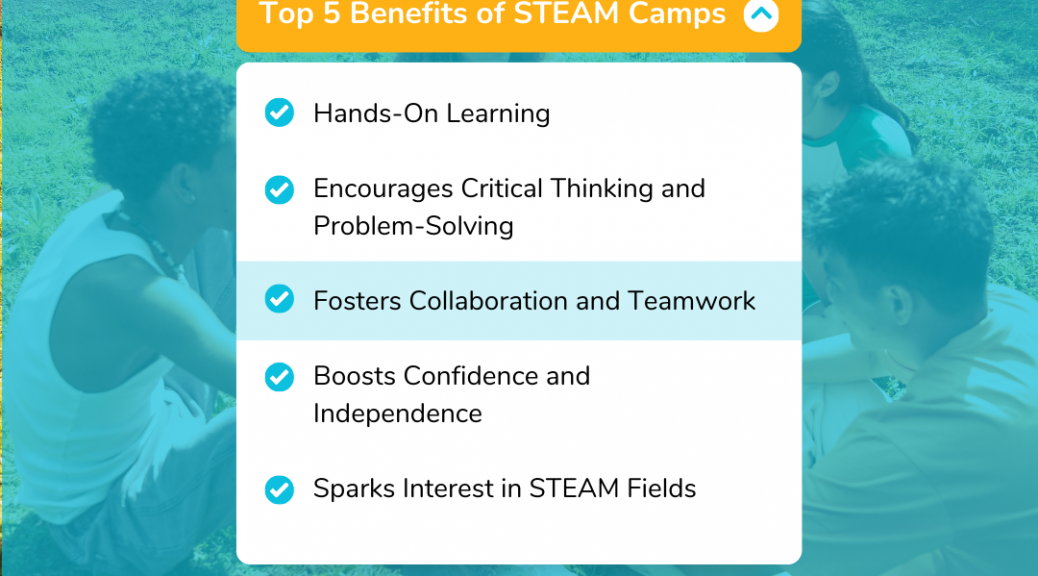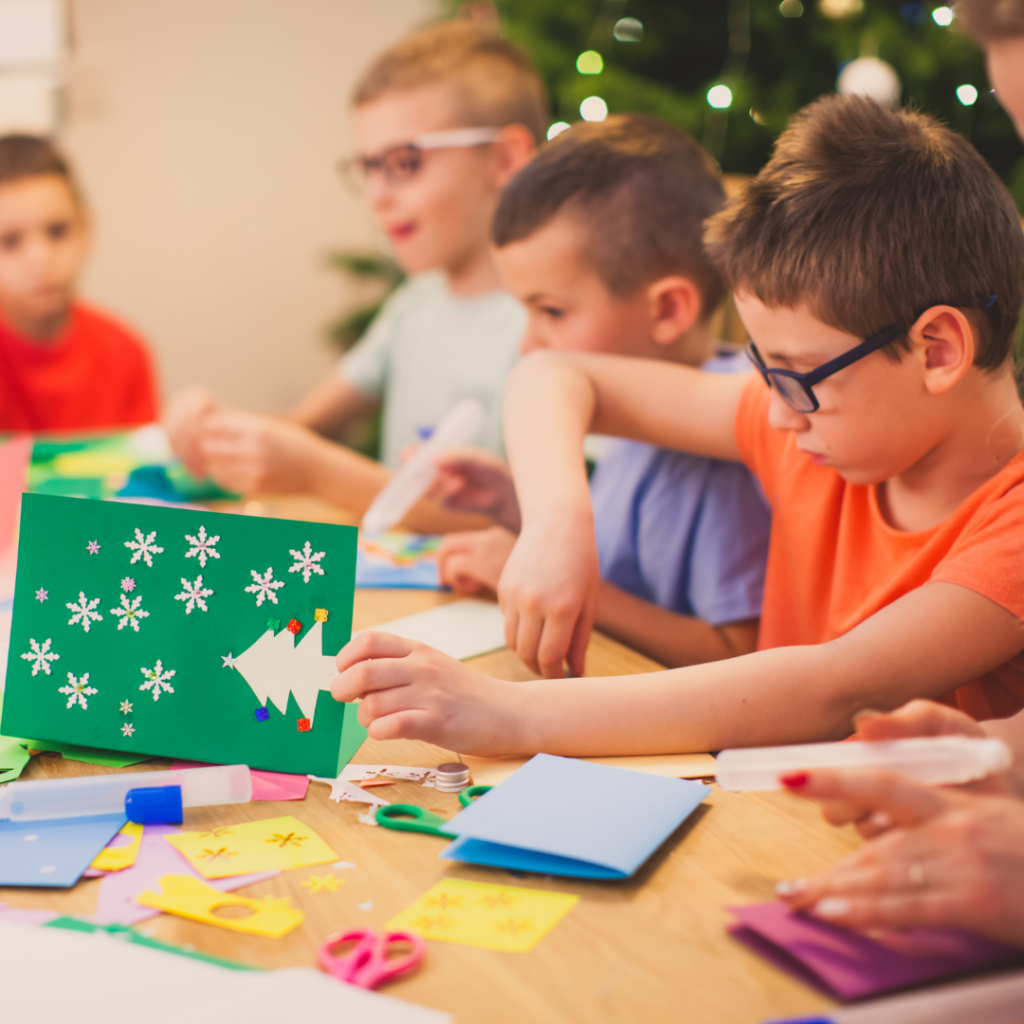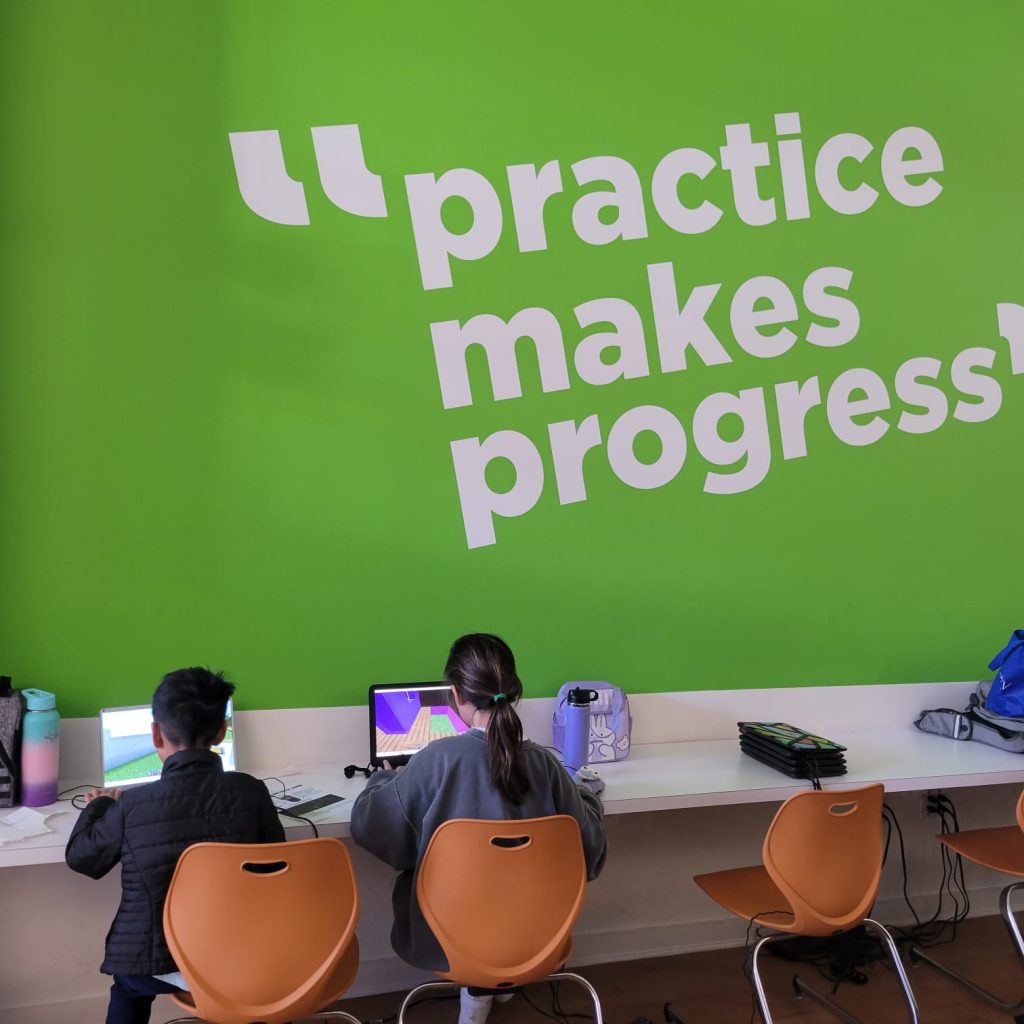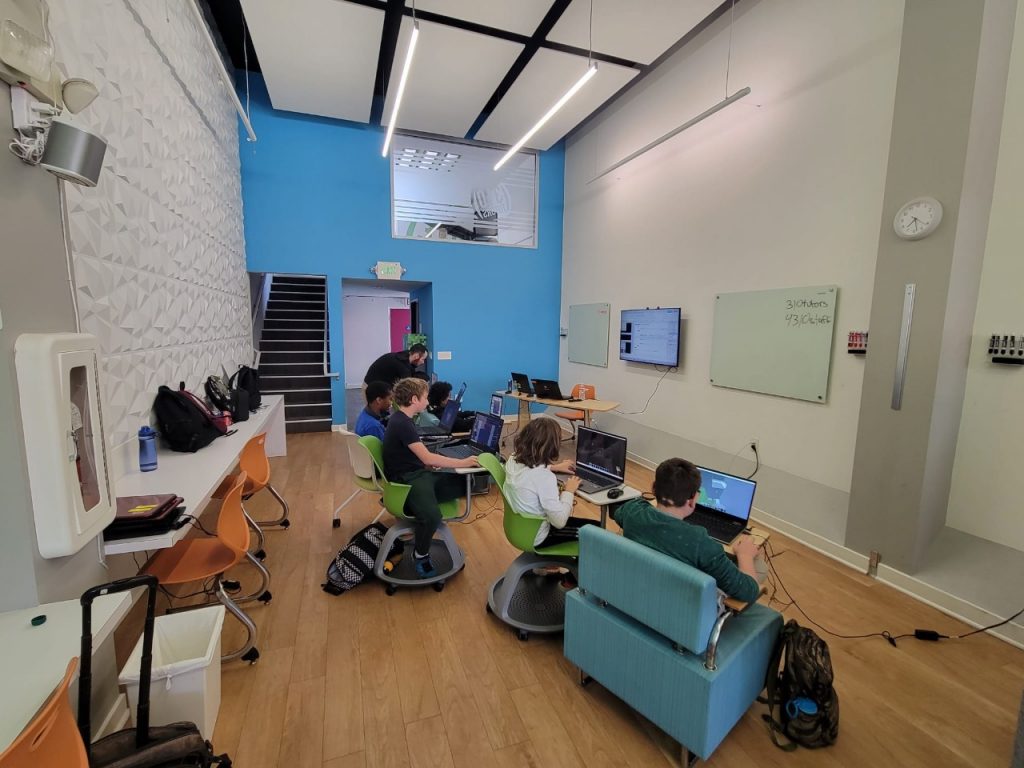In today’s digital age, finding the right balance between tech and play is crucial for children’s development. With the rise of educational apps, online learning tools, and after-school programs, many parents wonder how to manage screen time effectively. In this blog post, we’ll explore practical strategies to help you balance your child’s tech use while encouraging healthy playtime.
Why Balancing Screen Time is Important

Technology plays a significant role in education today. But while tech enhances learning, too much screen time can hinder social skills, physical activity, and creativity. It’s essential to ensure that children have opportunities for both structured tech time, such as using coding apps, and unstructured play that fosters imagination and physical development.
Create a Family Tech Policy
One of the best ways to manage screen time is to create a family tech policy. Establishing clear rules—like no screens during dinner, time limits on device usage, and device-free zones—helps children understand when and how to use technology in a balanced way. You can also introduce tech-free times for activities like after-school play or family game nights.
Turn Screen Time Into Learning Time
Rather than cutting out technology completely, parents can redirect screen time into productive, learning-driven experiences. STEAM-based educational programs, like those offered at CodeREV Kids, introduce kids to skills such as coding, robotics, and game design in a structured and enriching environment. These programs blend fun with learning, making tech time feel like play.
The Power of Play
Unstructured playtime is just as important as tech-based learning. Whether it’s running around outside, playing with toys, or participating in a group sport, these activities promote physical health, problem-solving, and social interactions. Consider alternating between tech-focused after-school activities and hands-on, active play to create a well-rounded experience for your child.
Conclusion:
Balancing screen time and play is essential for your child’s overall well-being and development. By implementing a family tech policy, redirecting screen time into educational experiences, and encouraging unstructured play, you can foster a healthy relationship with technology while ensuring your child grows socially and physically.
Struggling with screen time? 🤔 We’ve got tips to help you balance tech and play in your child’s life! 🎮👟 Find out how to make the most of educational tech while still encouraging creativity and physical activity at www.coderevkids.com #ScreenTimeBalance #STEAMEducation #ParentingTips










